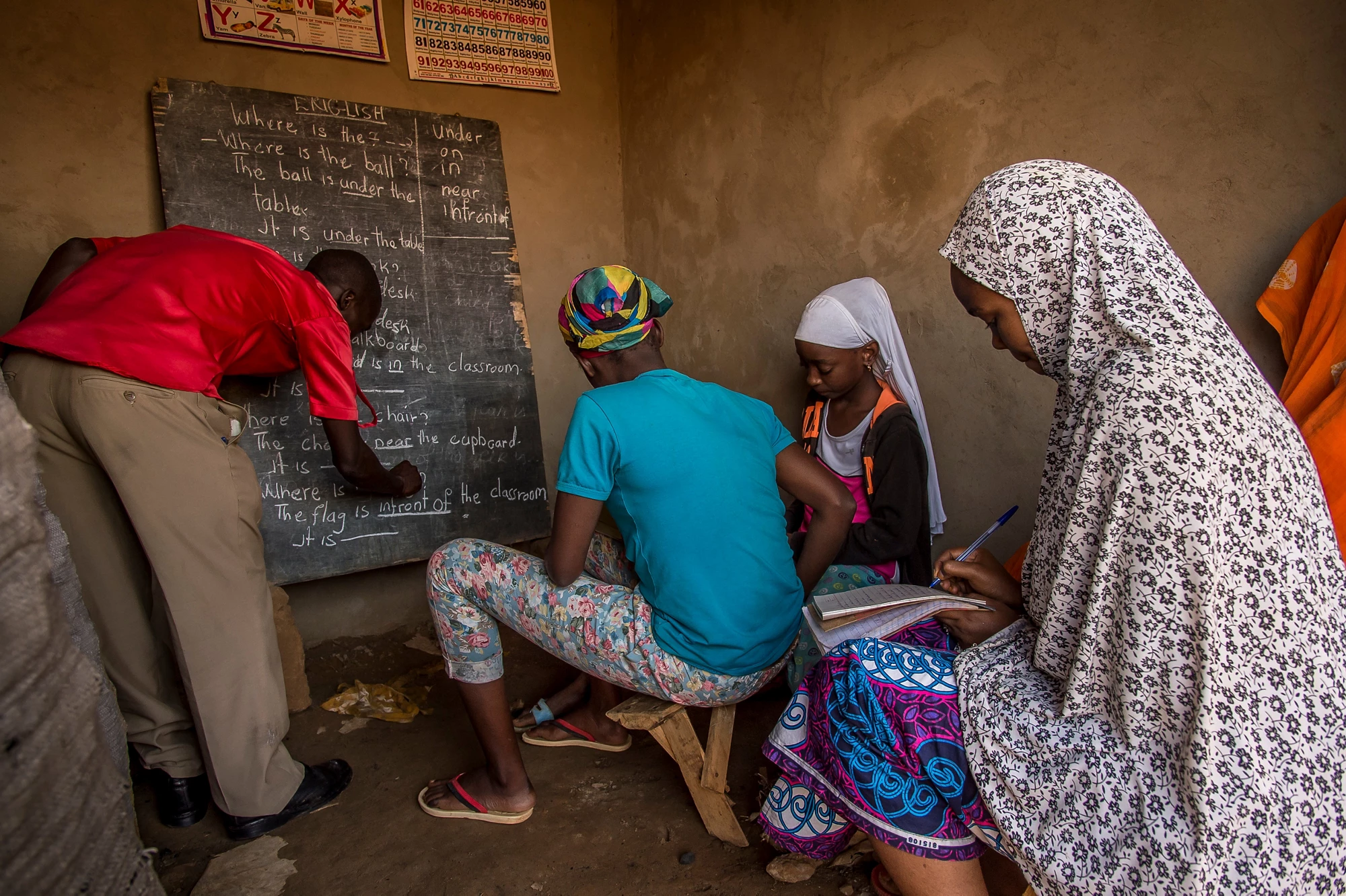In the previous blog, we wrote about some essential features of a development response to forced displacement, which is the first question that we confronted in preparing a project to support the Horn of Africa (HOA) region address the impacts of protracted refugee presence.
We are just starting work on this Development Response to Displacement Impacts Project (DRDIP) in the HOA, informed by our understanding documented in the joint World Bank-UNHCR Forced Displacement and Mixed Migration report. As we move forward, we are gaining useful insights on coordinating the humanitarian-development response.
Among the countries of the HOA, which have been hosting refugees for a long time now, Ethiopia hosts the largest number of refugees . The refugees reside in 23 refugee camps located in the five National Regional States of Afar, Benishangul-Gumuz, Gambela, Tigrai, and Ethiopian Somali in 16 Woredas and 15 kebeles. The environmental impact of the refugee presence, stemming from fuelwood and construction timber needs, extends across 117 kebeles.
Project preparation took us to the Sherkole refugee camp in Benishangul-Gumuz and the Asaiyta refugee camp in Afar National Regional States. Through interactions with local host communities, refugees, woreda and kebele officials, Administration for Refugee and Returnee Affairs (ARRA -- Government of Ethiopia’s refugee agency), and UNHCR field staff and local NGOs, we learned, for example, that both host and refugee communities wanted accessible secondary and high school education for their children; had to travel long distances, as much as 60 kilometers, if they needed a surgical intervention; and spent more time each day traveling to meet their fuel wood needs due to receding tree cover.

However, discussions also revealed that the planning processes for the multi-agency refugee response (often led by ARRA and UNHCR in Ethiopia) and the development planning led by national and local government entities were essentially two separate processes – the former focusing primarily on refugees, and the latter on host communities. Both were functioning under a budget and capacity constraint.
The reality was that refugee children in Asaiyta who did not have access to high school in the camp attended the high school run by the government, and refugee women sought medical care at the local government hospital when the primary health centre was ill-equipped to address the problem.
For Sherkole, UNCHR was planning to establish a high school which could potentially support both refugees and host communities, as the existing high school was oversubscribed. But the conversation had not happened yet on how best to complement an existing high school so that both host and refugee children would be able to save time currently spent on walking to school and avoid the discomfort of sitting in congested classrooms.
These realities led us to better focus on value for money of investments – efficiency, effectiveness and sustainability – and a potential tool for planning which could bring the government and UNHCR as well as NGOs that operate in these areas to exchange information and coordinate better their existing, ongoing and planned investments in service delivery.
Our experience in the Horn of Africa shows that area-based and inclusive planning has the following elements that would increase efficiency, effectiveness, and sustainability:
- Both hosts and refugees are participants in the planning process and enabled to share their priorities, challenges and proposals;
- Break the silos of planning and consider the needs of both host and refugee communities while planning an intervention irrespective of who was initiating the intervention;
- Given that government would be the long-term custodian of the infrastructure and services, it was critical that all facilities created in an administrative area are recorded on government books and budgetary provisions made by local governments for operations and maintenance with contributions also coming in from the UNHCR;
- Service delivery norms for basic social services are adhered to in terms of population served, irrespective of how many were local and refugees, in deciding the level of service provision (health clinic, primary health centre, or hospital) based on what was already available; and
- Ensuring parity in qualification and remuneration of staff to ensure both UNCHR and government facilities are staffed and functional.
Some may argue that area based and inclusive planning is not new and offers an opportunity for intersectoral planning focused upon spatial or locational investment decisions, and that this is key to designing solutions to address problems and achieve functional integration between sectors. However, translating this concept into practice on the ground is the challenge, which all stakeholders are likely to face in the displacement context given their individual mandates and narrow beneficiary focus.
The DRDIP preparation process has however convinced us of the commitment of all concerned to stay focused on the beneficiaries and their needs, ensuring value for money through optimum utilization of limited capacities and resources. Some of the regions e.g. Afar and Ethiopian Somali where the project will be implemented already have experience in an area based planning approach that has been developed and implemented under the World Bank financed Pastoral Community Development Project (PCDP). What is different is the context and the prevalent practice. A very encouraging beginning indeed and a long journey ahead.


Join the Conversation